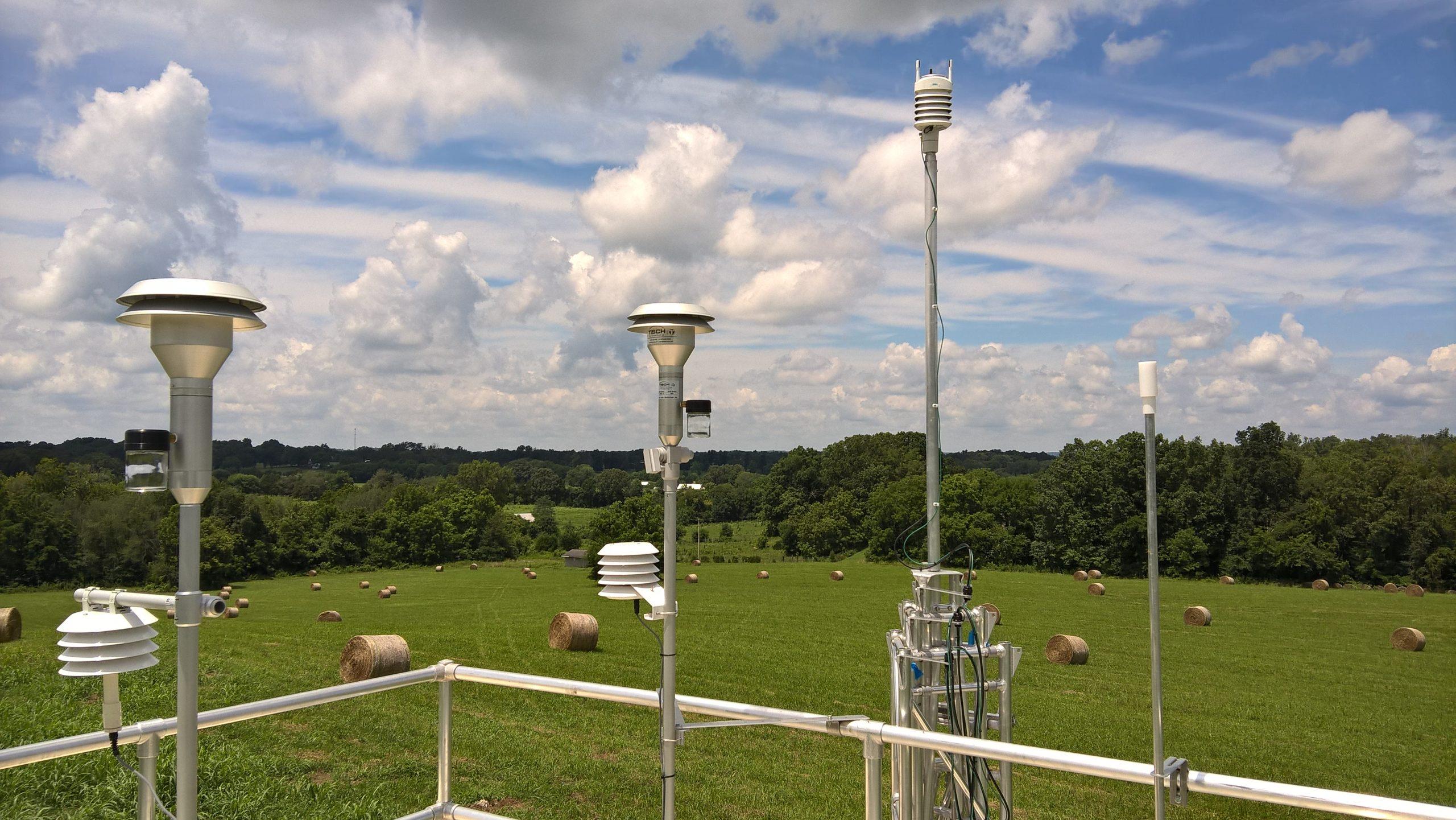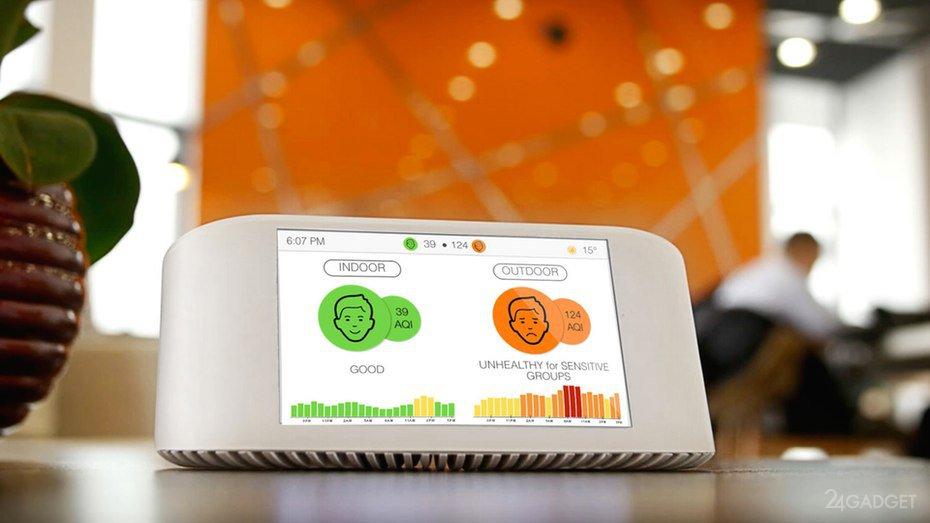Air Quality Monitoring Market Analysis, Size, Share, Growth, Trends Forecasts 2023-2030
The Global Air Quality Monitoring market, within the environmental technology space, stands as a vital sector dedicated to assessing and regulating air quality worldwide. This industry, driven by the urgent need to address escalating environmental concerns, plays a pivotal role in safeguarding public health and environmental sustainability. With increasing urbanization, industrialization, and vehicular emissions, the demand for efficient air quality monitoring solutions continues to surge, reflecting the growing emphasis on mitigating the adverse effects of air pollution on human health and the environment.
Get Free Sample Report: https://www.metastatinsight.com/request-sample/2652
Top Companies /Key players Air Quality Monitoring Industry
• Siemens AG
• Thermo Fisher Scientific Inc.
• Horiba Ltd
• Hebei Sailhero
• Honeywell International Inc.
• TSI Inc.
• Airpointer
• PT. Trusur Unggul Teknusa
• Aeroqual Limited
• Emerson Electric Co
• Testo AG
• Teledyne Technologies Inc.
• Ap2e
• ENVEA
• Ecotec
.
Browse Complete Report @ https://www.metastatinsight.com/report/global-air-quality-monitoring-market
The Global Air Quality Monitoring market encompasses a diverse array of technologies, methodologies, and instruments designed to measure and analyze various air pollutants present in the atmosphere. These pollutants encompass a wide spectrum, ranging from particulate matter (PM), nitrogen dioxide (NO2), sulfur dioxide (SO2), carbon monoxide (CO), ozone (O3), volatile organic compounds (VOCs), to emerging pollutants such as heavy metals and persistent organic pollutants (POPs). Such comprehensive monitoring facilitates the identification of pollution sources, assessment of air quality trends, and formulation of targeted strategies for pollution control and abatement.
The industry landscape of the Global Air Quality Monitoring market is characterized by a multitude of stakeholders, including government agencies, regulatory bodies, research institutions, environmental consulting firms, technology providers, and academic organizations. Collaboration and partnerships among these entities are instrumental in advancing technological innovations, standardizing monitoring protocols, and enhancing data interoperability to achieve a holistic approach towards air quality management.
Drop us an email at:
Saquib.Iqbal@metastatinsight.com
Call us on:
+1 214 613 5758
+91 73850 57479
AirQualityMonitoringMarket, AirQualityMonitoringIndustry, AirQualityMonitoringMarketsize, AirQualityMonitoringMarketshare, AirQualityMonitoringTrend
The Global Air Quality Monitoring market, within the environmental technology space, stands as a vital sector dedicated to assessing and regulating air quality worldwide. This industry, driven by the urgent need to address escalating environmental concerns, plays a pivotal role in safeguarding public health and environmental sustainability. With increasing urbanization, industrialization, and vehicular emissions, the demand for efficient air quality monitoring solutions continues to surge, reflecting the growing emphasis on mitigating the adverse effects of air pollution on human health and the environment.
Get Free Sample Report: https://www.metastatinsight.com/request-sample/2652
Top Companies /Key players Air Quality Monitoring Industry
• Siemens AG
• Thermo Fisher Scientific Inc.
• Horiba Ltd
• Hebei Sailhero
• Honeywell International Inc.
• TSI Inc.
• Airpointer
• PT. Trusur Unggul Teknusa
• Aeroqual Limited
• Emerson Electric Co
• Testo AG
• Teledyne Technologies Inc.
• Ap2e
• ENVEA
• Ecotec
.
Browse Complete Report @ https://www.metastatinsight.com/report/global-air-quality-monitoring-market
The Global Air Quality Monitoring market encompasses a diverse array of technologies, methodologies, and instruments designed to measure and analyze various air pollutants present in the atmosphere. These pollutants encompass a wide spectrum, ranging from particulate matter (PM), nitrogen dioxide (NO2), sulfur dioxide (SO2), carbon monoxide (CO), ozone (O3), volatile organic compounds (VOCs), to emerging pollutants such as heavy metals and persistent organic pollutants (POPs). Such comprehensive monitoring facilitates the identification of pollution sources, assessment of air quality trends, and formulation of targeted strategies for pollution control and abatement.
The industry landscape of the Global Air Quality Monitoring market is characterized by a multitude of stakeholders, including government agencies, regulatory bodies, research institutions, environmental consulting firms, technology providers, and academic organizations. Collaboration and partnerships among these entities are instrumental in advancing technological innovations, standardizing monitoring protocols, and enhancing data interoperability to achieve a holistic approach towards air quality management.
Drop us an email at:
Saquib.Iqbal@metastatinsight.com
Call us on:
+1 214 613 5758
+91 73850 57479
AirQualityMonitoringMarket, AirQualityMonitoringIndustry, AirQualityMonitoringMarketsize, AirQualityMonitoringMarketshare, AirQualityMonitoringTrend
Air Quality Monitoring Market Analysis, Size, Share, Growth, Trends Forecasts 2023-2030
The Global Air Quality Monitoring market, within the environmental technology space, stands as a vital sector dedicated to assessing and regulating air quality worldwide. This industry, driven by the urgent need to address escalating environmental concerns, plays a pivotal role in safeguarding public health and environmental sustainability. With increasing urbanization, industrialization, and vehicular emissions, the demand for efficient air quality monitoring solutions continues to surge, reflecting the growing emphasis on mitigating the adverse effects of air pollution on human health and the environment.
Get Free Sample Report: https://www.metastatinsight.com/request-sample/2652
Top Companies /Key players Air Quality Monitoring Industry
• Siemens AG
• Thermo Fisher Scientific Inc.
• Horiba Ltd
• Hebei Sailhero
• Honeywell International Inc.
• TSI Inc.
• Airpointer
• PT. Trusur Unggul Teknusa
• Aeroqual Limited
• Emerson Electric Co
• Testo AG
• Teledyne Technologies Inc.
• Ap2e
• ENVEA
• Ecotec
.
Browse Complete Report @ https://www.metastatinsight.com/report/global-air-quality-monitoring-market
The Global Air Quality Monitoring market encompasses a diverse array of technologies, methodologies, and instruments designed to measure and analyze various air pollutants present in the atmosphere. These pollutants encompass a wide spectrum, ranging from particulate matter (PM), nitrogen dioxide (NO2), sulfur dioxide (SO2), carbon monoxide (CO), ozone (O3), volatile organic compounds (VOCs), to emerging pollutants such as heavy metals and persistent organic pollutants (POPs). Such comprehensive monitoring facilitates the identification of pollution sources, assessment of air quality trends, and formulation of targeted strategies for pollution control and abatement.
The industry landscape of the Global Air Quality Monitoring market is characterized by a multitude of stakeholders, including government agencies, regulatory bodies, research institutions, environmental consulting firms, technology providers, and academic organizations. Collaboration and partnerships among these entities are instrumental in advancing technological innovations, standardizing monitoring protocols, and enhancing data interoperability to achieve a holistic approach towards air quality management.
Drop us an email at:
Saquib.Iqbal@metastatinsight.com
Call us on:
+1 214 613 5758
+91 73850 57479
AirQualityMonitoringMarket, AirQualityMonitoringIndustry, AirQualityMonitoringMarketsize, AirQualityMonitoringMarketshare, AirQualityMonitoringTrend
0 Komentarze
0 Udostępnienia











